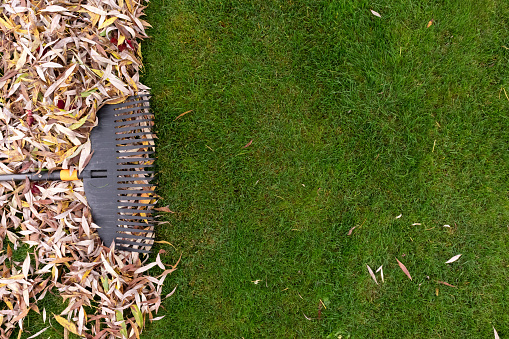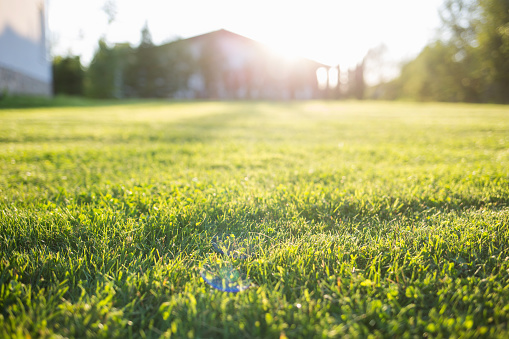
When it comes to keeping up with your landscaping, timing is everything. For example, while the fall season is great for planting trees, it is not the best for pruning certain shrubs. The last thing you want is to wait until the spring season of next year only to find out that the maintenance performed in the fall (if any was performed at all) did more harm than good to your lawn. So, with that said, let’s take a look at a few fall landscaping maintenance mistakes you should know about and how you can avoid them.
Letting The Leaves Pile Up
Raking your leaves is just for the clean, aesthetic look. In addition, you shouldn’t assume that because no one rakes the forest floor and there are no issues with those trees that your lawn will fare just as well. A pile-up of leaves left on your lawn can suffocate the grass and negatively impact the airflow. Plus, it could lead to snow mold which is a lawn fungal infection that forms beneath the fallen leaves and can leave to dead areas.
Pruning Yews, Boxwood, and Spring-Flowering Shrubs
While yews and boxwood shrubs typically take pruning well, you shouldn’t be doing so after late August. The reason being that pruning too late will stimulate new growth that will not have the chance to harden off before the deep freeze of winter arrives. Now, while this will not totally kill the shrub, it will give you plenty of winter injury to remove when the spring season arrives. A rule of thumb is that shrubs that typically flower in the spring should be pruned immediately after they stop flowering.
Storing Tools Without Proper Cleanup
Gardening tools are what make the hard work a little bit easier which is why you should treat them with a little bit more love before storing them away for the winter. Proper maintenance of your tools will help them work more efficiently and become more durable, saving you the expense of having to replace them. First, be sure to clean them; you can use a wire brush to get the hard to remove bits of mud and debris. For rust spots, you would wanna use steel wool or fine sandpaper and then a file to restore the edge on shovels, lawn-mower blades, and pruners.
Cutting The Entire Garden
During the fall, it can be very tempting to go all in and cut your entire garden as the clean canvas can seem so appealing. However, keep in mind that there are many different creatures that need to survive the winter by staying within the hollow stems, and other nooks and crannies of your garden. So, try and leave them a little bit of sanctuary to ride out during the cold season. In addition, it’s important to know that native bees, butterflies, and others benefit from the “dead” gardens of the winter.
With the fall season right around the corner, be sure to familiarize yourself with these and other common maintenance mistakes and try to avoid them as best as possible. For additional questions on fall lawn maintenance, be sure to contact Giovine Landscaping at (973) 325-1758!
